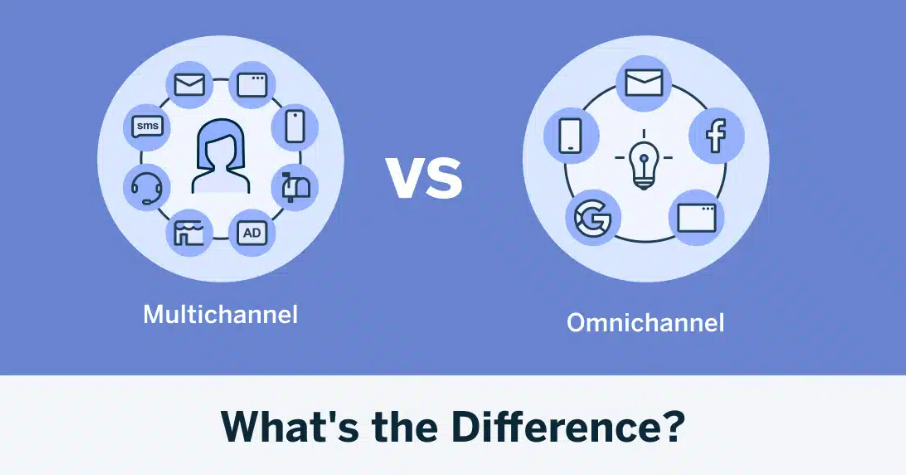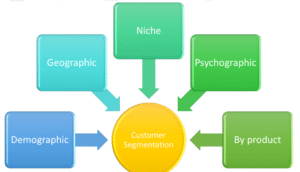Multi-Channel Attribution Models for Comprehensive Marketing Analysis

Marketing attribution has evolved beyond simple last-click models into sophisticated frameworks that reflect the complex reality of modern customer journeys. Today’s consumers interact with brands across numerous touchpoints before converting, making accurate attribution more challenging yet more crucial than ever. At BrandsDad, we’ve helped numerous businesses implement attribution strategies that provide genuine clarity rather than misleading simplifications.
The Attribution Challenge
Most businesses face a fundamental marketing dilemma: they know half their marketing budget generates exceptional returns while the other half underperforms—but they can’t identify which half falls into each category. Multi-channel attribution models address this challenge by systematically analyzing how different touchpoints contribute to conversions.
Traditional single-touch attribution models (like first or last click) paint incomplete pictures by assigning full credit to just one interaction. Meanwhile, customers typically engage with brands through multiple channels: seeing social ads, reading blog content, subscribing to newsletters, watching videos, and finally making purchases. Each touchpoint influences their decision, yet receives vastly different credit depending on which attribution model you apply.
The Evolution of Attribution Thinking
Attribution modeling has undergone several paradigm shifts over the past decade. Early digital marketing relied almost exclusively on last-click models, assigning 100% conversion credit to the final touchpoint. While administratively simple, this approach fundamentally misrepresents how consumers make decisions.
The industry then evolved toward multi-touch models that distribute credit across various touchpoints. Research from McKinsey & Company demonstrates that brands accurately tracking multi-channel customer journeys typically achieve 15-30% improvement in marketing efficiency. This efficiency gain stems from reallocating resources from overvalued to undervalued channels based on their actual contribution to conversions.
Core Attribution Models Explained
Several attribution frameworks offer different perspectives on marketing effectiveness, each with distinct advantages and limitations:
First-Touch Attribution assigns full conversion credit to the initial brand interaction. This model highlights which channels excel at introducing new prospects to your funnel but neglects the crucial middle and bottom-funnel activities that nurture relationships toward conversion.
Last-Touch Attribution gives complete credit to the final interaction before purchase. While helpful for understanding which channels drive immediate action, it typically overvalues bottom-funnel tactics while undervaluing awareness-building activities essential for long-term growth.
Linear Attribution distributes credit equally across all touchpoints in the customer journey. This democratic approach acknowledges every interaction but fails to reflect that certain touchpoints genuinely contribute more significantly than others.
Time-Decay Attribution assigns progressively more credit to touchpoints occurring closer to conversion. This model sensibly recognizes recency bias in decision-making while still acknowledging earlier influences.
Position-Based Attribution (also called U-shaped) typically allocates 40% credit each to first and last interactions, with the remaining 20% distributed among middle touchpoints. This balanced approach recognizes crucial introduction and conversion moments while acknowledging intermediate nurturing steps.
Algorithmic Attribution employs machine learning to dynamically determine appropriate credit distribution based on statistical analysis of conversion patterns. Rather than applying fixed rules, these models continuously adapt based on actual customer behavior data.
Implementing Practical Attribution Systems
Effective attribution implementation requires both technical infrastructure and interpretive expertise. The foundation involves proper tracking configuration across all marketing channels, typically through unified tagging systems and centralized data warehousing. According to research from Gartner, over 60% of marketing organizations struggle with data integration challenges that prevent cohesive attribution analysis.
Beyond technical setup, successful attribution demands thoughtful consideration of attribution windows, conversion definitions, and cross-device tracking capabilities. Organizations must determine appropriate lookback periods that capture relevant interactions without including excessive historical touchpoints. They must also establish consistent definitions of what constitutes meaningful engagement and conversion across channels.
Beyond Traditional Attribution: Incrementality Testing
Advanced marketing organizations increasingly supplement attribution modeling with incrementality testing—controlled experiments designed to measure true causal impact of marketing activities rather than merely correlative relationships. These approaches include:
Geo-Testing: Varying marketing investments across comparable geographic regions to measure differential performance.
PSA Testing: Running public service announcements to control groups instead of branded messaging to establish baseline conversion rates.
Holdout Groups: Intentionally excluding some qualified audience segments from specific marketing activities to measure differences in conversion rates.
These experimental approaches provide crucial validation for attribution model outputs, ensuring businesses make decisions based on genuine causal relationships rather than misleading correlations.
The Human Element in Attribution Analysis
While technological solutions provide attribution data, human judgment remains essential for effective interpretation. Attribution insight requires contextual understanding, strategic perspective, and recognition of measurement limitations.
Skilled analysts consider attribution findings alongside business realities, competitive landscapes, and long-term strategic objectives. They recognize that proper attribution isn’t merely about assigning conversion credit but understanding customer journeys holistically to improve experiences across touchpoints.
Integration with Marketing Strategy
Attribution insights create maximum value when seamlessly integrated into marketing strategy and budget allocation processes. Rather than treating attribution as an isolated reporting exercise, forward-thinking organizations establish systematic feedback loops where attribution findings directly inform campaign optimization and resource allocation decisions.
This integration requires cross-functional collaboration, with attribution insights becoming shared intelligence across marketing specialties rather than siloed knowledge. Marketing teams using unified attribution frameworks develop common language around performance, facilitating more productive strategic conversations.
Attribution and Marketing Maturity
Attribution sophistication typically evolves alongside broader marketing maturity. Organizations generally progress through several developmental stages:
Beginning with channel-specific reporting operating in silos.
Advancing to basic multi-touch attribution with unified conversion tracking.
Evolving toward algorithmic models with machine learning components.
Ultimately developing integrated systems combining attribution modeling with incrementality testing and unified customer journey analytics.
Each maturity stage requires appropriate attribution approaches aligned with available data, technical capabilities, and organizational readiness. Organizations attempting to implement overly sophisticated attribution before establishing foundational measurement practices typically generate more confusion than clarity.
The Future of Attribution
Attribution continues evolving toward increasingly sophisticated, customer-centric approaches. Emerging trends include:
Privacy-first attribution solutions adapting to cookie deprecation and increasing privacy regulation.
Enhanced cross-device and online-to-offline tracking capabilities.
Integration of attribution with broader customer experience measurement.
Machine learning models that continuously optimize attribution based on evolving behavior patterns.
These developments will help marketers maintain accurate attribution despite increasingly complex customer journeys spanning numerous devices, channels, and environments.
Conclusion: Attribution as Continuous Journey
Effective attribution represents an ongoing journey rather than a destination. As consumer behavior evolves, technology advances, and privacy landscapes shift, attribution approaches must continuously adapt. Organizations committed to measurement excellence recognize attribution as a dynamic capability requiring regular reassessment and refinement.
By implementing multi-channel attribution models appropriate for their marketing maturity, businesses gain invaluable insight into how marketing investments truly drive results. This understanding enables smarter resource allocation, more effective campaigns, and ultimately superior marketing ROI.
At BrandsDad, we help organizations build attribution frameworks that provide genuine clarity rather than misleading oversimplification. We believe effective attribution isn’t merely about distributing conversion credit but understanding customer journeys deeply enough to create more relevant, valuable experiences at each touchpoint.







